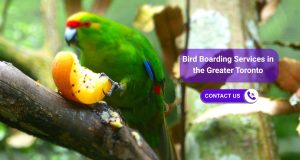
Bird Beak Trimming: Signs of Overgrowth & Vet-Approved Care
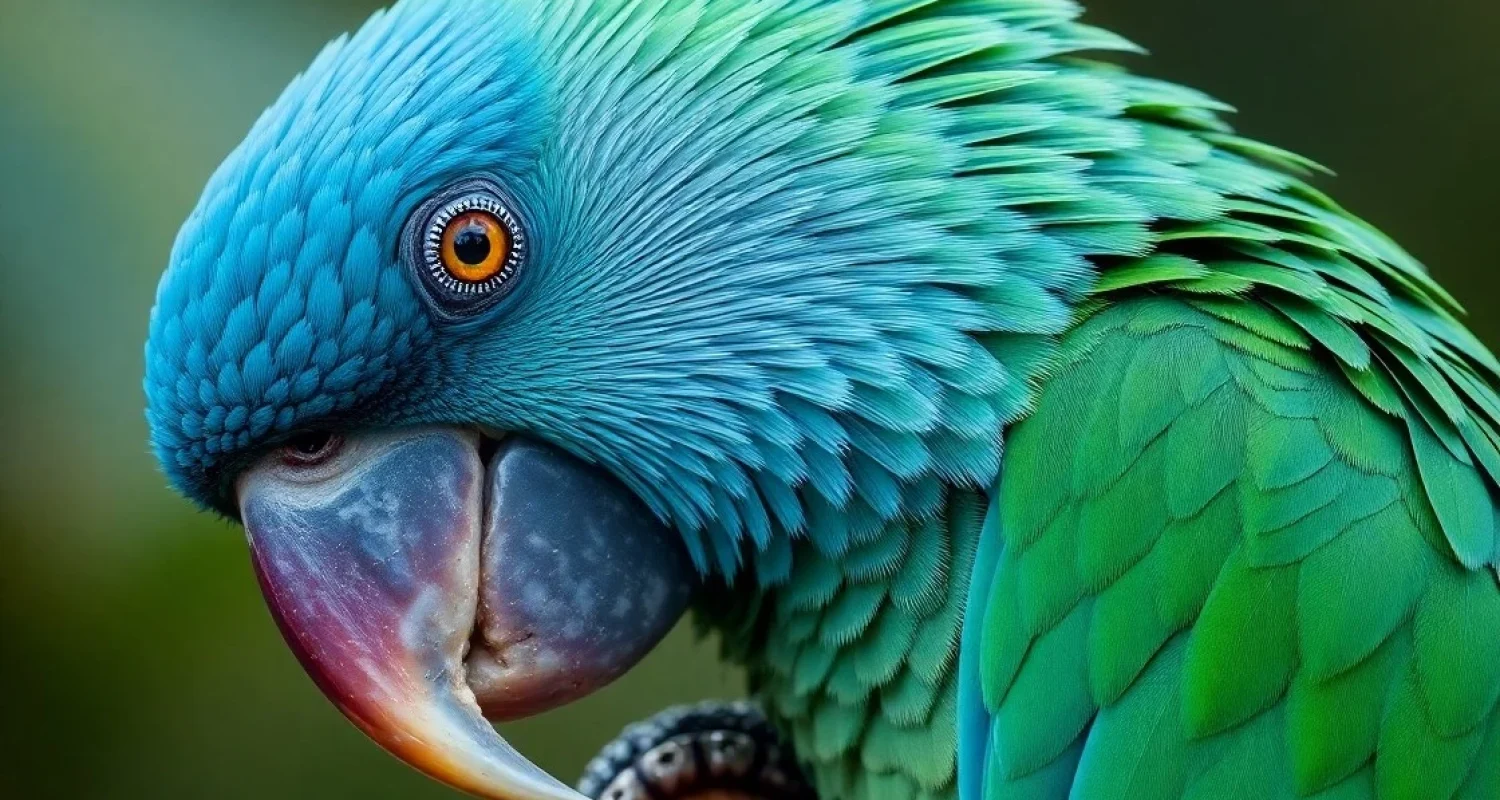
🦜 When Your Bird Whispers for Help: Understanding Beak Trimming and Overgrowth
It started with a small change.
A once-cheerful bird was suddenly quiet.
Eating less.🍽️
Chewing less.
Rubbing its beak constantly on the perch — like trying to fix something it couldn’t explain.
The beak had grown too long.
Not drastically.
But just enough to make the world feel a little harder to navigate — food was difficult to grab, grooming felt awkward, and toys were no longer inviting.
That moment taught me what beak trimming truly means.
Not about neatness.
Not about routine.
But about listening to what a bird can’t say out loud.🕊️💛
🧐 What Is Bird Beak Trimming (and Why It Matters)?
Beak trimming isn’t cosmetic.💅
It’s a health response.⚕️
A bird’s beak is always growing — just like our nails.
But unlike nails, a bird’s beak is a vital tool — for eating, climbing, preening, and exploring.
In the wild, birds wear it down naturally by chewing bark, foraging, cracking seeds, and rubbing on branches. This is called natural beak wear for birds.
In a home setting, those natural habits don’t always happen — This is why natural beak wear for birds doesn’t always occur in captivity
When the beak gets too long or grows unevenly, it can:
- Make eating painful 😣
- Stop grooming entirely 😢
- Lead to self-injury 😔
- Cause sadness or withdrawal 😶
🚨 Signs Your Bird Needs Beak Trimming
Look closely. The signs are quiet but clear.
Remember, birds are masters at hiding discomfort — these signals might seem subtle at first, but they matter.
Wondering how to tell if a bird’s beak is too long? Here are common signs:
- A visibly long, curved, or sharp beak
- A visibly long, curved, or sharp beak
- Constant beak rubbing
- Lack of interest in chewing toys
- Flaking, cracking, or uneven growth
- General withdrawal or mood changes
But most importantly:
Don’t trim on your own. 🙅♀️
Always consult a trusted avian vet 👩⚕️🦜
If you’re concerned about cost, consult your local clinic about the avian vet beak trimming cost — it’s often far more affordable than treating complications from an untreated beak overgrowth.
Overgrowth is usually a symptom — not the main issue.
🧪 Common Bird Beak Overgrowth Causes
A healthy beak usually stays in balance — unless something inside the body (or the environment) is off.
In pet birds, the most common and preventable causes are environmental — like poor diet and lack of enrichment.
Medical issues like liver disease or trauma can also cause overgrowth, but these require diagnosis and treatment from an avian vet.
These are some of the most common bird beak overgrowth causes:
- 🦠 Liver disease
- 🥕 Vitamin deficiencies (like Vitamin A)
- 🧬 Genetic predisposition
- 🪵 Lack of toys or wood for chewing
- 🤕 Past trauma or beak misalignment
Many birds that come from neglect or limited environments are more prone to this — and they need our compassion, not judgment 💛.
✂️ How Avian Vets Do Beak Trimming Safely and Gently
A proper beak trim — done by an avian vet — is safe, fast, and relief-giving 🕊️.
An avian vet is trained to understand the complex anatomy of a bird’s beak — including the quick, which contains blood vessels and nerves — ensuring the trim is precise and pain-free.
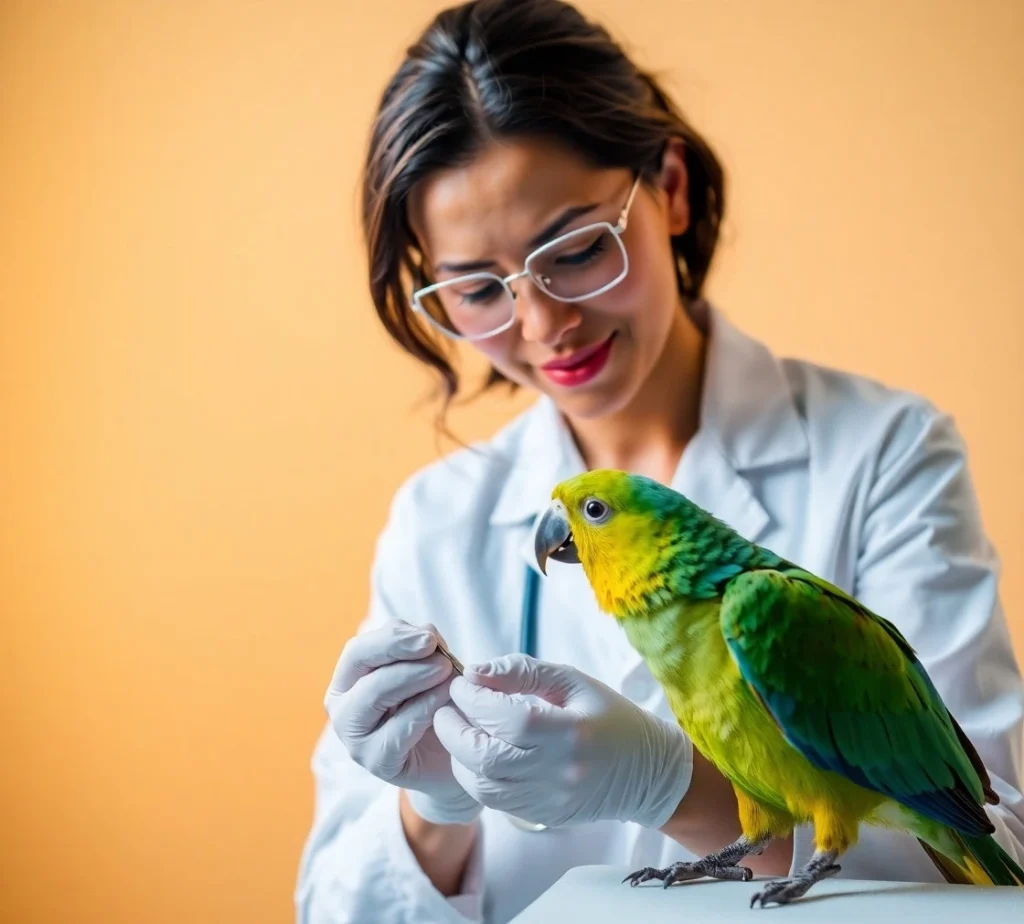
Here’s what happens:
- Your bird is wrapped gently in a towel 🧣 for comfort and safety
- A vet uses a dremel tool 🛠️ or file to shape the beak
- Clippers may be used in rare cases — with precision
- No sedation unless absolutely necessary 😌
- The beak’s natural shape and balance are preserved
Afterward, many birds show instant improvement:
- They eat more 🍽️
- Preen happily 🪶
- Play again with joy 🧸
The difference can be life-changing.
🧠 Natural Beak Wear for Birds: How to Prevent Overgrowth at Home
Caring for your bird’s beak is often more about what you provide than what you trim.
While you should never trim your bird’s beak yourself, you can focus on parrot beak care at home through toys, nutrition, and proper perches.
Here are gentle, daily ways to help:
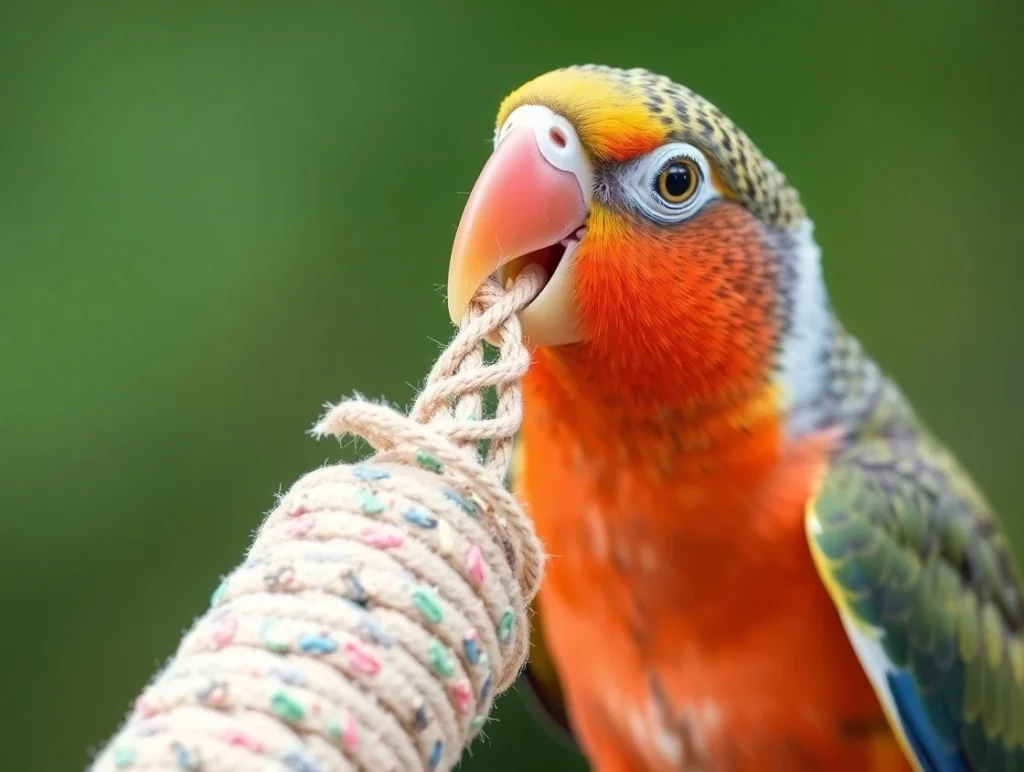
Here are gentle, daily ways to help:
- 🧸 Chewable toys — wood, palm, shreddables, and natural textures
Providing bird toys for beak health — like shreddable or wooden options — is crucial for beak maintenance, especially in indoor environments.
- 🥕 Hard foods — carrots, snap peas, millet sprays, natural treats
- 🌿 Natural perches — from real branches or varying grit perches
- ☀️ Safe exposure to natural sunlight or full-spectrum UVB lighting — supports Vitamin D synthesis and overall health
- 🥗 Nutrient-rich diet — pellets, greens, not just seeds
It’s not just beak health — it’s whole-body, whole-bird care.
🕊️ What Your Bird Might Be Trying to Tell You
Birds don’t say, “I’m uncomfortable.” But they whisper it, in their own way 🐦.
Watch for:
- Less interest in food or toys
- Rubbing beak more than usual 🪵
- Not grooming or preening 🧼
- Acting distant, quiet, or “off” 💤
These are their soft cries for help.
And the fact that you’re paying attention? That’s love in its truest form 💞.
❤️ Final Thoughts: It’s Not Just About Trimming
This isn’t just about shaping a beak.
It’s about showing up when your bird needs you most 🤗.
When you act with care and compassion, you’re saying:
- “I see you.” 👁️
- “I hear you, even when you can’t speak.” 🫶
- “I’ll take care of you.” 💛
And that is what turns pet ownership into a bond of deep trust and love 💘
💛 You’re Not Alone — We’re in This Together
Your bird trusts you — more than you know.
Let’s give them the love, care, and health they deserve. 💞
👉 Follow Bird Sitting Toronto for kind, real-world bird care tips, emotional support, and stories that remind you:
“You’re never alone on this journey.” 🐦🌟
📱 Connect with us online:
- 🌐 Website: birdsittingtoronto.ca
- 📘 Facebook: facebook.com/birdsittingtoronto
- 📸 Instagram: @birdsittingtoronto
- 🎵 TikTok: @birdsittingtoronto
- 🎥 YouTube: Bird Sitting Toronto on YouTube
❓ Frequently Asked Questions
Q: How often should a bird get a beak trim?
A: Ideally, never — a healthy bird with proper enrichment and diet wears its beak down naturally. If overgrowth occurs, it’s usually due to an underlying issue that should be assessed by an avian vet.
Q: Can I trim my bird’s beak at home?
A: No. Beak trimming is delicate and potentially dangerous. The beak contains blood vessels and nerves, and trimming it incorrectly can injure your bird. Always consult a trained avian vet.
Q: What birds are more likely to need trimming?
A: Birds from neglectful environments, those with genetic conditions, or with chronic illnesses (like liver disease) are more likely to experience overgrowth and require trims.
Categories
Our Blogs


Bird Sitting Toronto featured in “Go Solo”

Find the Perfect Bird Sitter Near You: A Guide to Ensuring Your Feathered Friend’s Happiness

Bird Care Products
Tags
Latest News
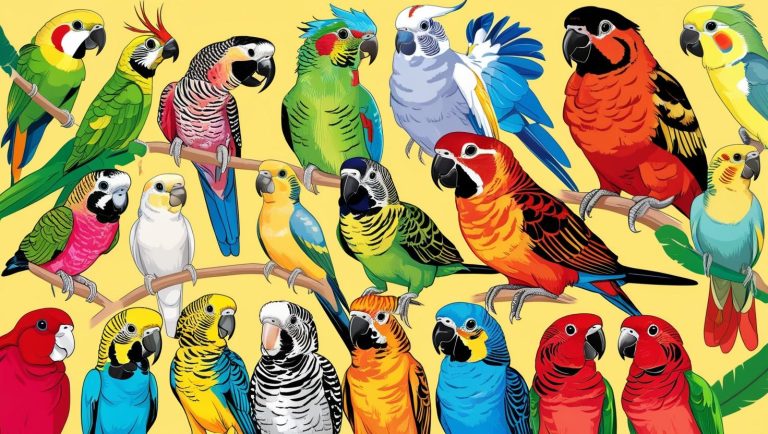
The Phenomenon of Avian Elocution
The capacity of certain avian species to engage in vocal mimicry, often replicating the complex
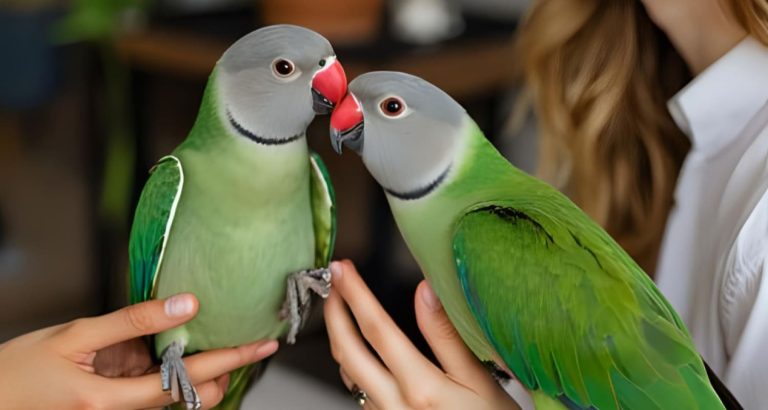
How to Find the Best Bird Sitter in Toronto & Mississauga
Leaving your beloved feathered friend behind for a trip is never easy. Unlike a dog
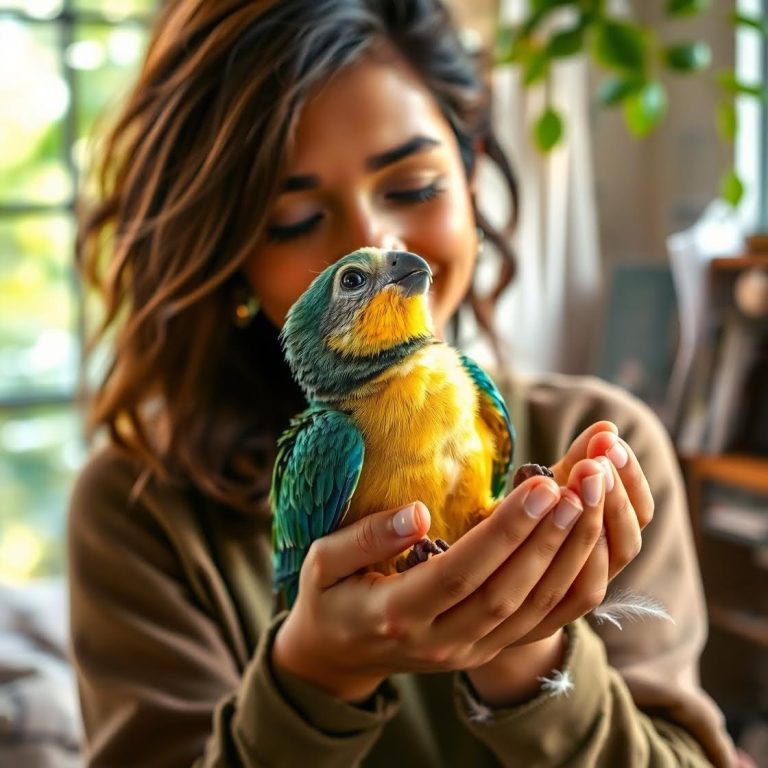
Top 5 Things to Know Before Adopting a Bird in Toronto 🕊️
Adopting a bird isn’t just about bringing home a pet—it’s about opening your heart to

